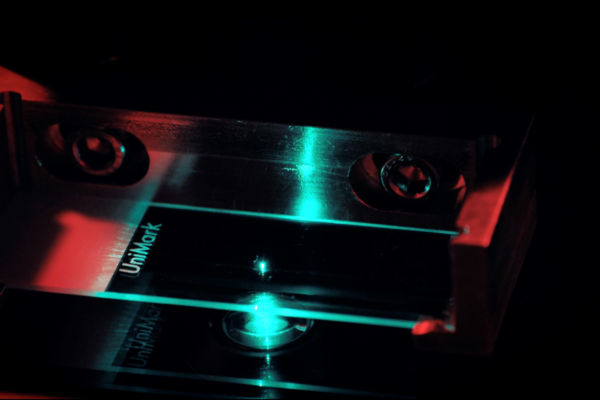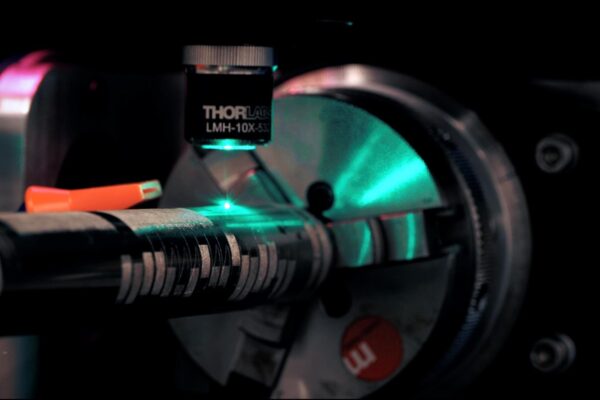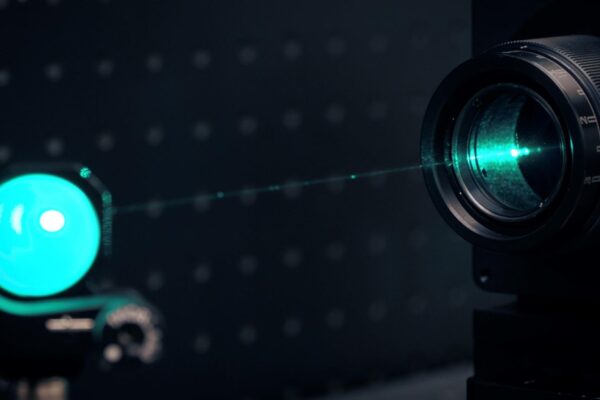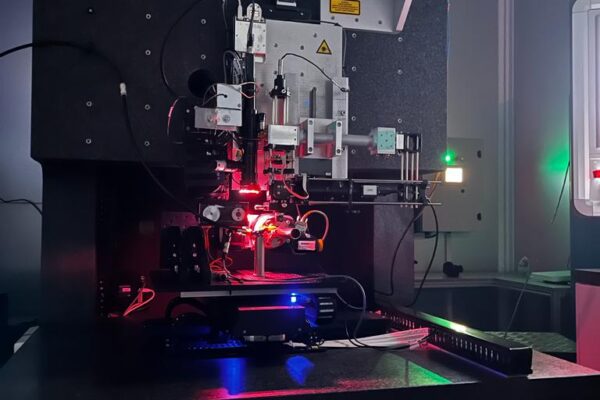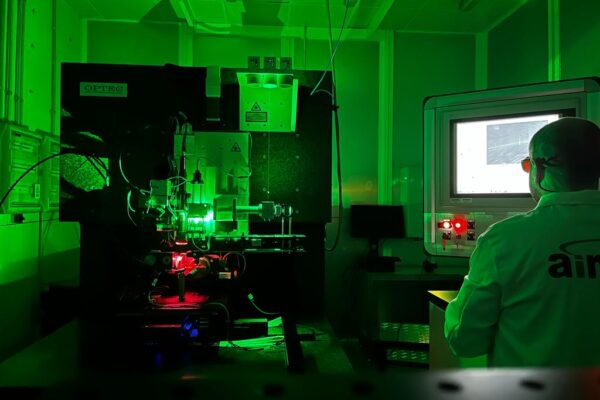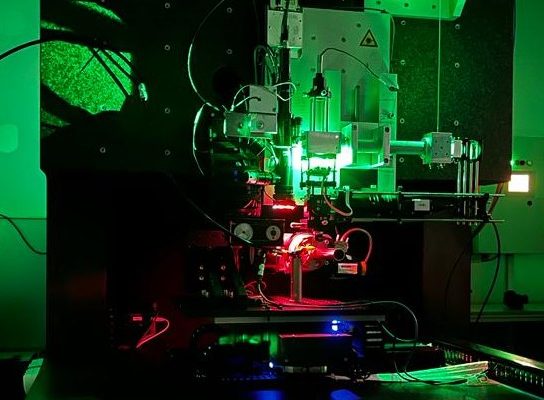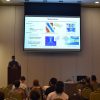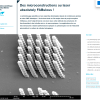There are currently no manufacturing technologies that can produce 3D metasurfaces on real products at commercially viable throughput. This is due to complex shape and size (<400nm) of the unit cell to be produced, which needs to be repeated in several layers.
Classic 3D prototyping techniques (UV laser stereolithography, 3D inkjet printing), can produce 3D structures, but with resolutions limited to tens of micrometres; lithographic techniques with superior resolution (e-beam) are limited to producing planar 2D structures, and nanoimprint is both economic and high resolution, but hard to use in curved substrates. However, the current MPP process is inherently slow, as it involves a point-by-point translation of a focussed beam over a polymer sub-surface layer. Fabrication of a typical cm2 high-resolution component currently takes hours to even days. Making the process unsuitable for the industrial manufacture of multiple, complex features, in economically viable times.

